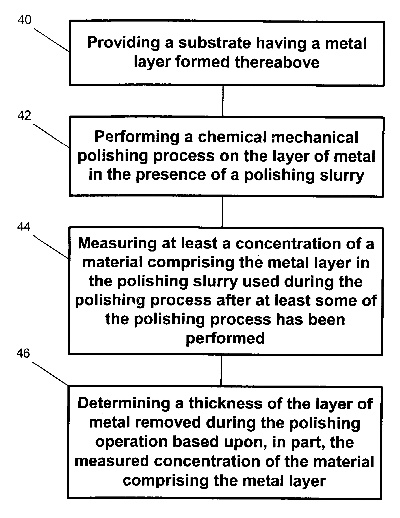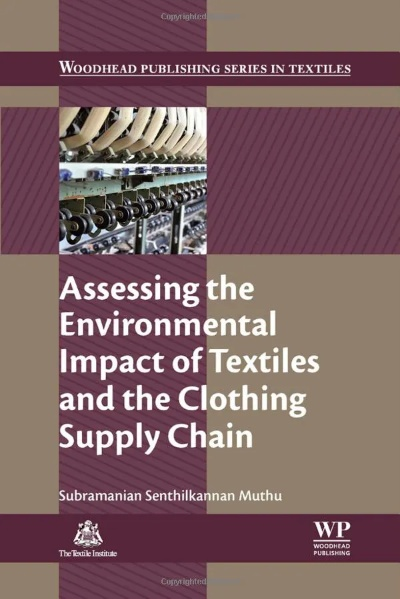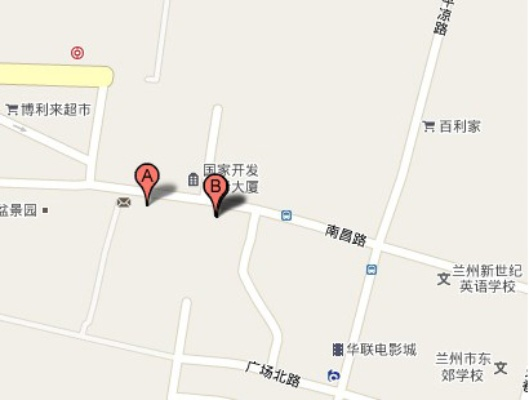Multispectral Inspection of Wasted Textiles A Comprehensive Guide
This comprehensive guide provides a detailed overview on how to perform multispectral inspections on waste textiles. It covers the fundamentals of the process, including understanding different types of spectral imaging technology, as well as specific applications in waste management and recycling industries. The guide also delves into the benefits of employing these technologies for the efficient sorting and recovery of textile materials, highlighting their potential for enhancing sustainability practices. Additionally, it includes practical tips on equipment selection, sample preparation, and data interpretation for successful outcomes from multispectral inspections. This guide aims to empower individuals and organizations with the necessary skills and knowledge to harness the full potential of this cutting-edge technology for promoting sustainable textile production and consumption.
Introduction: The textile industry is one of the largest contributors to waste globally, with billions of pounds of fabric ending up in landfills or incineration. However, these materials could be repurposed if properly inspected and categorized using multispectral technology. In this guide, we will explore the principles of multispectral detection, its applications for the textile industry, and how it can help us better understand the composition and quality of waste textiles.

-
Multispectral Detection Basics Multispectral technology involves analyzing light reflected from an object at multiple wavelengths simultaneously, which provides detailed information about the material's composition. By examining different wavelengths, it can distinguish between organic and inorganic materials, detecting even hidden impurities within the fabric. This technique is particularly valuable for identifying hazardous substances that might be present in textile waste, such as heavy metals, toxic compounds, and plastic additives.
-
Multispectral Inspection for Waste Textiles In the textile industry, multispectral inspection is used to analyze waste materials like old clothing, carpet fibers, and other textile scraps. By comparing the spectrum of light reflected from different samples against a database of known materials, inspectors can quickly and accurately determine the type and quantity of each component within the sample. This information is crucial for proper disposal, recycling, and processing into new products.
-
Case Study: The Application of Multispectral Inspection in Textile Waste Management One successful case study involved a major textile manufacturer in China. They were facing significant challenges with their textile waste management due to the complexity of their product lines and varying degrees of contamination. To address this, they implemented multispectral scanning technology to analyze waste textile samples more thoroughly than traditional methods.
Within a year, the company reported a 30% reduction in waste volume and a 25% increase in the efficiency of their waste sorting process. They also discovered that certain dyes and chemicals had been added intentionally to some samples, highlighting the need for stricter controls on dye content and potentially dangerous chemicals in textile waste.
Challenges and Opportunities in Multispectral Techniques While multispectral inspection holds great promise for the textile industry, there are still challenges to overcome. One major challenge is the high cost of advanced equipment and the expertise required for data interpretation, especially when dealing with complex samples. Additionally, the regulatory landscape can vary significantly depending on the location and country, making standardization across borders difficult.
However, there are also opportunities for innovation. As technology advances, it becomes possible to develop cheaper solutions or even wearable devices that could provide real-time monitoring of waste textile samples. Furthermore, the integration of artificial intelligence and machine learning could enhance the accuracy and speed of analysis, making multispectral inspection even more effective.
Future Trends in Multispectral Technology for Textile Waste Management Looking ahead, the future of multispectral technology in the textile waste management sector is promising. As demand for sustainable and eco-friendly products continues to grow, so too does the importance of accurate waste classification. With advancements in sensor technology, we can expect to see even more sophisticated systems that can detect not only harmful substances but also trace back the origin of the waste. This could lead to more informed policies and regulations that prioritize responsible disposal practices and encourage responsible consumer behavior.
Conclusion: Multispectral detection offers a powerful solution for efficiently classifying and managing waste textiles, providing valuable insights into the composition and potential hazards of materials. By harnessing the power of this technology, we can ensure that our textile industries are environmentally conscious and sustainable. As we continue to push the boundaries of what's possible in multispectral inspection, we can look forward to a brighter future where textile waste is minimized and transformed into new, innovative products.
随着社会经济的快速发展,废旧纺织品回收利用已成为环境保护的重要举措,为了确保废旧纺织品的质量和安全性,对其开展多光谱检测显得尤为重要,本报告将详细介绍废旧纺织品多光谱检测的方法、过程及案例分析。
废旧纺织品多光谱检测方法
多光谱检测原理
多光谱检测是一种利用多种光谱技术对废旧纺织品进行全面分析的方法,它通过采集纺织品在不同波段的反射、透射光信号,分析其材质、颜色、纤维结构等信息。
设备介绍
在废旧纺织品多光谱检测中,主要使用的设备包括光谱分析仪、扫描电子显微镜(SEM)等,光谱分析仪能够快速、准确地获取纺织品的光谱数据,为后续分析提供依据,SEM则能够观察纺织品表面形貌,为材质鉴定提供依据。

废旧纺织品多光谱检测过程
材料准备
在开始检测前,需要对废旧纺织品进行清洗和处理,确保其表面无杂质、无污染,需要准备相应的检测样品和设备。
光谱采集
使用光谱分析仪对废旧纺织品进行多光谱采集,根据废旧纺织品的材质、颜色、纤维结构等特点,选择合适的波段范围进行采集,需要确保采集数据的准确性,避免误差影响后续分析。
数据处理与分析
将采集到的光谱数据传输到数据处理软件中进行处理和分析,通过对比标准样品的光谱数据,确定废旧纺织品的材质、颜色、纤维结构等信息,可以利用图像处理技术对废旧纺织品表面形貌进行观察和分析,为材质鉴定提供依据。
案例分析
以某废旧纺织品回收利用项目为例,进行案例分析,该项目主要对一批废旧纺织品进行了多光谱检测,以下是具体的检测过程和结果:
检测过程
对废旧纺织品进行清洗和处理,确保其表面无杂质、无污染,使用光谱分析仪对废旧纺织品进行多光谱采集,选择合适的波段范围,将采集到的光谱数据传输到数据处理软件中进行处理和分析,根据分析结果,确定废旧纺织品的材质、颜色、纤维结构等信息。
结果展示
根据检测结果,该批废旧纺织品的主要材质为再生纤维,颜色主要为灰色或棕色,纤维结构较为均匀,无明显缺陷,该废旧纺织品在微观层面上也表现出良好的表面形貌,无明显杂质和裂纹。
废旧纺织品多光谱检测对于保证废旧纺织品的材质、颜色、纤维结构等信息准确可靠具有重要意义,通过使用多光谱检测方法,可以全面了解废旧纺织品的性质和特点,为后续的回收利用和再利用提供依据,在实际应用中,还需要注意设备的维护和保养,确保检测结果的准确性和可靠性。
Articles related to the knowledge points of this article:
Review of Ruijia Cotton Textile Wholesale Department
Luxurious Threads:The Evolution of Luo Lai Home Textiles
Exploring the World of Bamboo Fabrics at Floral Blooms House Textiles



